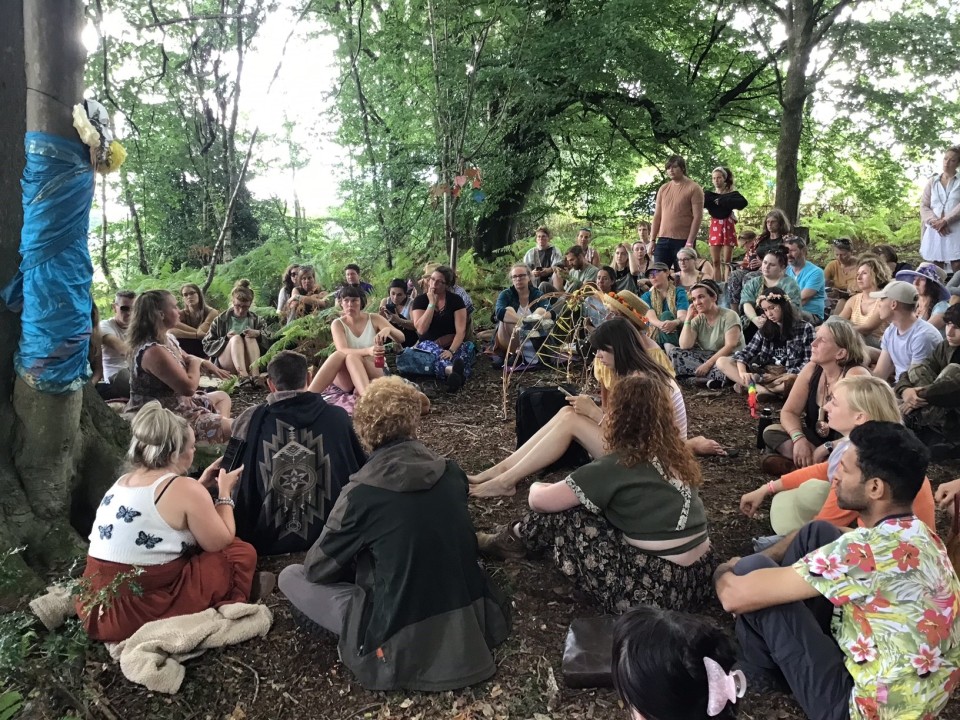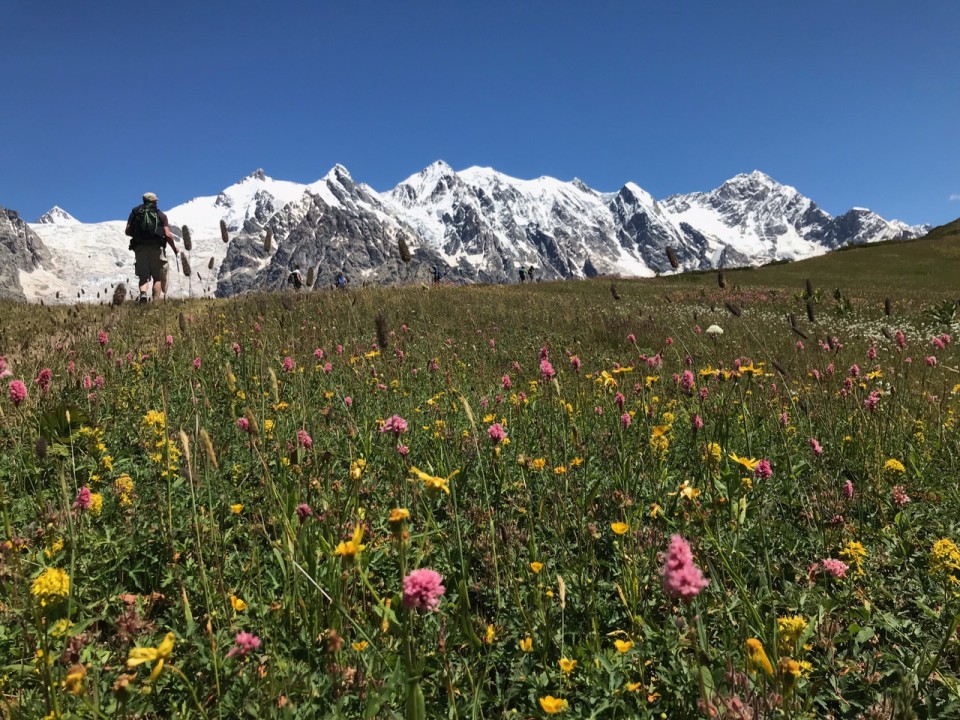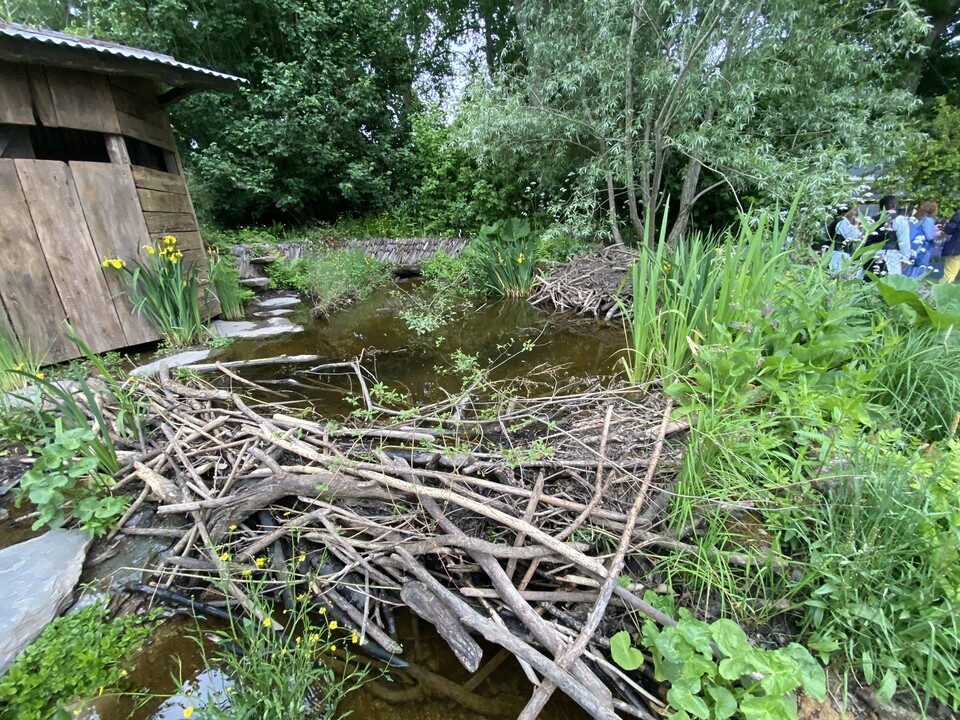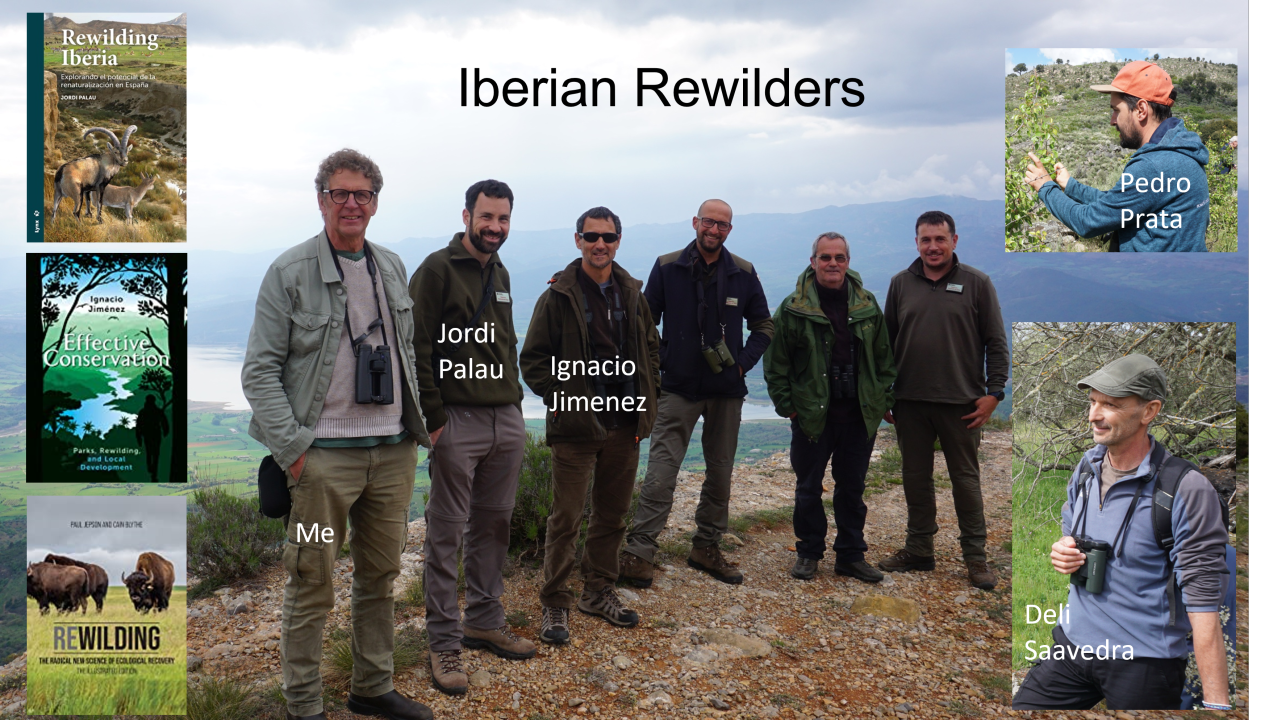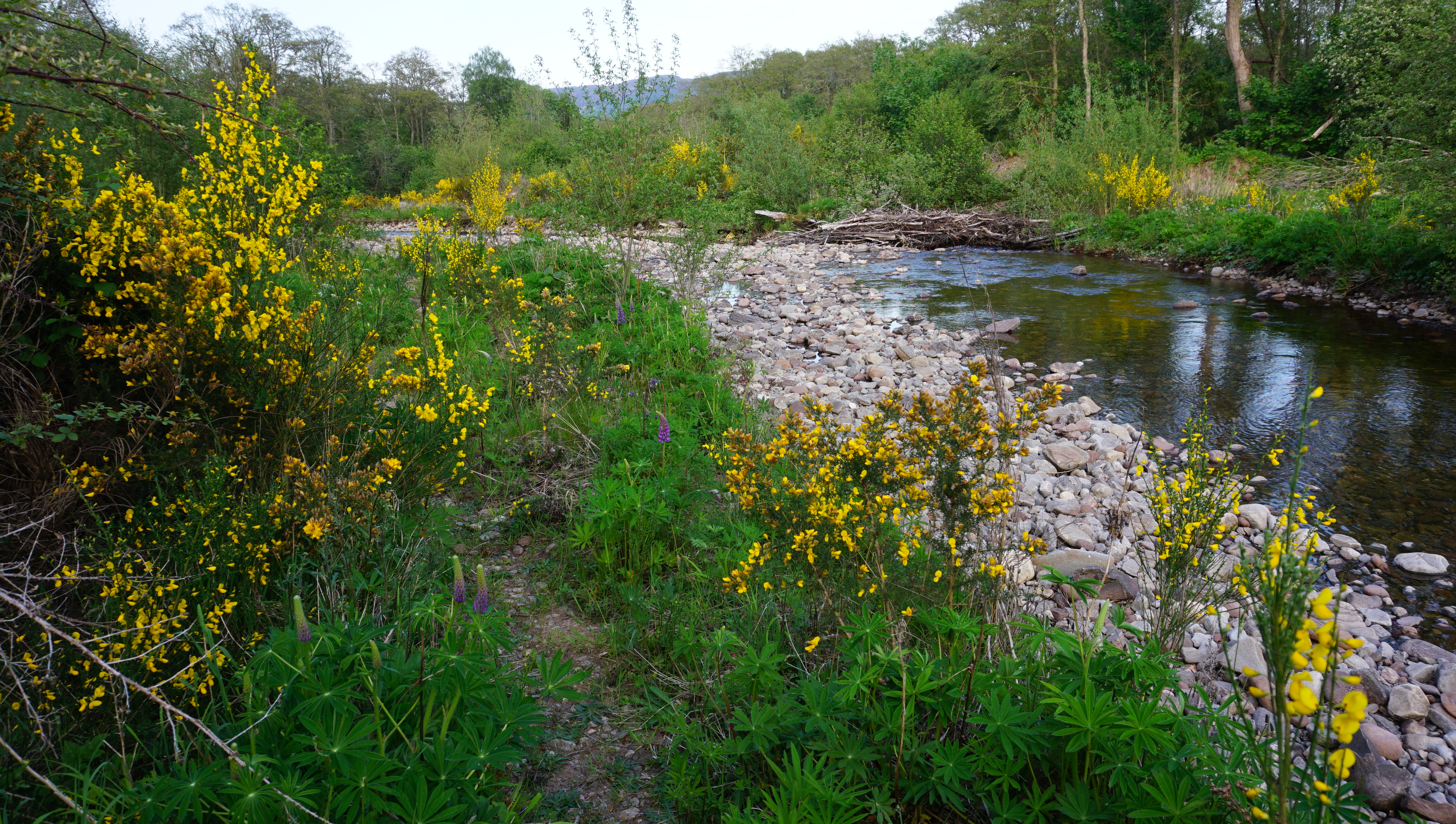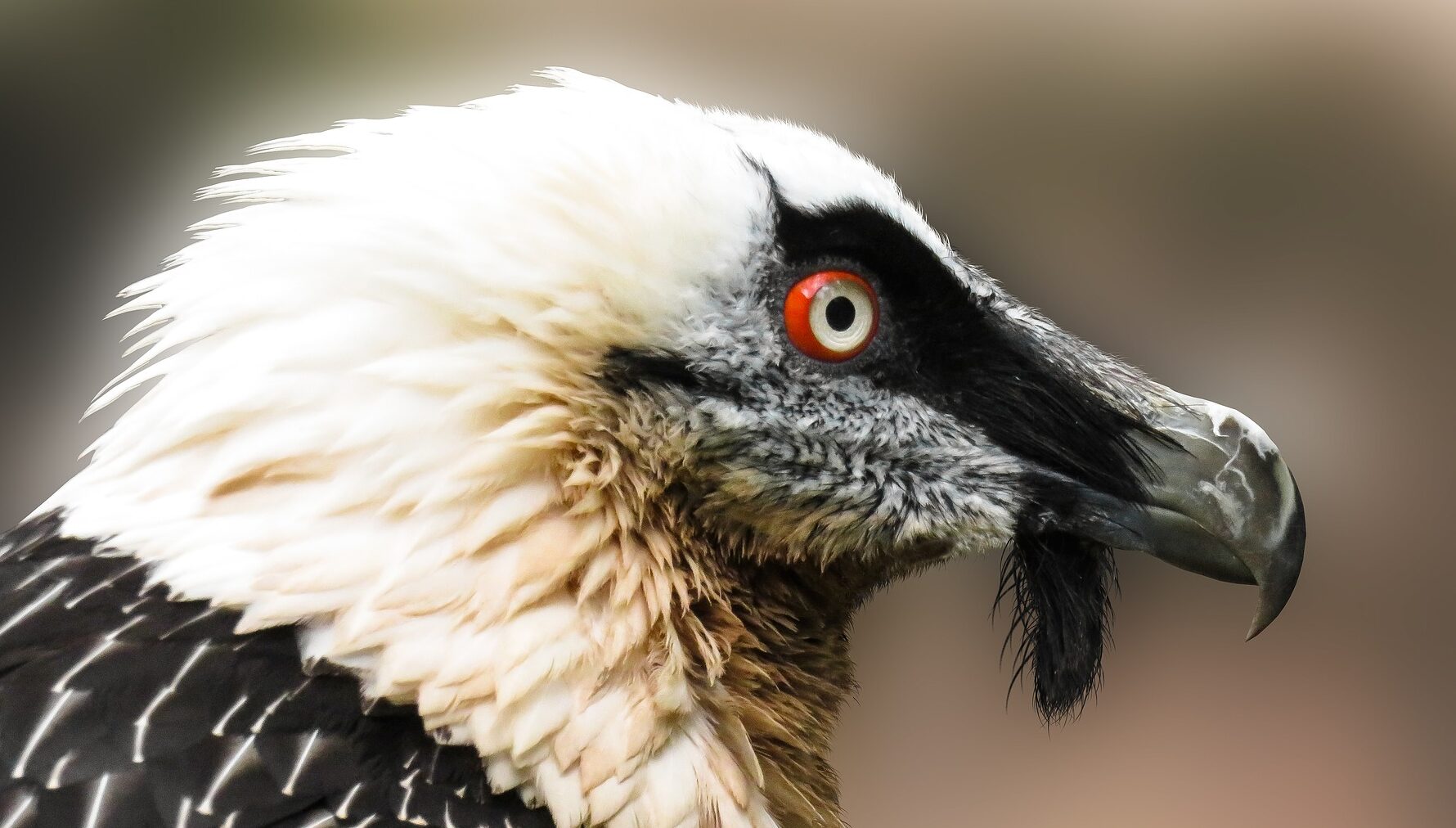A 2020 vision of the Isis
I have written this account of an imagined future walk along the Isis between Folly Bridge and Iffley Lock with the hope that it will prompt wider discussion on the value and future of the riverside lands.
The sites I mention are in a mix of public, private and college ownership: this piece is not intended to apply pressure on any one, its purpose is simply to open up a space of creative thinking and idea sharing as a resource that our community can draw on.
Please post comments on this vision in the spirit of a collective brain-storm, where through a process of constructive and respectful dialogue we interrogate and extend ideas with the hope that something special, feasible and perhaps unexpected will emerge. Each idea in the narrative has a hyperlink which will take you to a separate page where you can leave a comment, amplify the idea or provide some background. If you are not sure of the locality clicking on the ‘P’ numbers in brackets will take you to a google map. If what you would like to say is more substantive than a comment, for example if you have an alternative vision for part or all of the Isis corridor, let me know and we can create a separate post or page.
———
31st July 2020
Friday. End of July and I decide to kick-back a little, take the day off and reflect on the transformations that have occurred along the Isis in the last years.
Heading out down Jackdaw Lane the old scrap yard development (P1) is in full swing. Its been controversial, but for me it has deep significance: I see it as symbolizing our community coming together and deciding that we, rather than market forces, should determine the future of a strategically important piece of land. The story of the Iffley Fields Enterprise Meadow is well known and it is going to be fascinating to see how this mix of retirement flats, homeworker offices and micro-industrial units will take off.
Crossing Eyot bridge (P2), I automatically turn right down the Shire Lake ditch to the New Cut Bund and Ford (P3). Now its flowing again this part of the Cherwell has become a beautiful little stretch of the river – fringed with yellow flag and water lilies and with the backdrop of the marshy long meadow. The ford has become a real local hang out. I sit on its edge and watch a family paddle thier canoe down the river and steer gently into the ditch. The ford is a cool blend of design, engineering and technology. In essence it is an old style ford built to restrict water flow into the ‘new cut’ of the Cherwell and direct it back down the original course which was, and now is again, the Shire Lake ditch. Today, there’s hardly any water flowing through the punt rollers and stepping stones. The toll gate (P4) on the Christchurch side is a bit in your face but the lido on Boathouse island (P5) is always popular with students and visitors.
 The last time I was here was in early June for the East Oxford punt regatta – a series of races from the New Cut ford to Magdelen Bridge. The lads and tourists love it: first to the bridge with serious time penalties if you get your girl’s frock wet, touch another punt or otherwise infringe ideas of classic punting style! The landscapers did a great job of opening up the vegetation on the Aston’s Eyot side of the ford to create a a sun trap around the BBQ area (P6). Despite all the changes the view up the Cherwell still retains the wild ‘Sumatra feel’ of old.
The last time I was here was in early June for the East Oxford punt regatta – a series of races from the New Cut ford to Magdelen Bridge. The lads and tourists love it: first to the bridge with serious time penalties if you get your girl’s frock wet, touch another punt or otherwise infringe ideas of classic punting style! The landscapers did a great job of opening up the vegetation on the Aston’s Eyot side of the ford to create a a sun trap around the BBQ area (P6). Despite all the changes the view up the Cherwell still retains the wild ‘Sumatra feel’ of old.
My plan is to make a circular walk and return via the ford toll gate after a pint at the Head of the River, so I turn back along the ditch trail and onto the plantation path (P7). The transformation along this once, over grown footpath along the back of the scrapyard is unbelievable. They’ve designed the layout of the Iffley Fields Enterprise Meadow development so there are views up onto the houses along Iffley Road and the swifts wheeling overhead. Even though its not much of a skyline it certainly creates the impression of being down by the river.
The stretch of the path behind SS Mary and John school is as sweet, mad and endearing as ever (P8). The garlands of meadowsweet adorning the little timber bridge are now wilted, but the signs of a lively and creative summer term are all around. Bits of sculpture, dens, banners on trees, and piles of wood shavings where it looks like the green woodworkers have been teaching the kids a bit of whittling.
Laurie’s pool (P9) is one of the loveliest transformations since they got the ditch flowing again. Hardly accessible previously, its now a beautiful kingfisher pond fringed with yellow flag and purple loosestrife and an abundance of damselflies flying over the margins of water plantain. According to the teachers its starting to get really good for pond-dipping: in the last couple of years they’ve regularly been netting water scorpions.
I must say though, the whole walk up to the Beautiful bridge is a scene of stream-side tranquility. The Beautiful bridge (P10) is where the architects really got involved in the Isis 2020 project. They took it upon themselves to organise a competition to design a footbridge at the confluence of the Shire Lake ditch and the Isis that would be a draw, provide a view up the Isis and, for walkers gazing upon it from the New Hinksey side, make a statement about the essence and ethos of East Oxford. Its official name is that of the sponsors, but because so many people’s reaction on first seeing it was “that’s f**king beautiful” the adjective stuck.
I always like popping up on to the Kidneys (P11) from the bridge. The 1970s clay capping on this old tip has created the conditions for a lovely rough meadow. By now the time is moving towards 11am and the crickets are begging to chirp. A group of young lads cycle by – backpacks, fishing rods and water bottles – off on a summer adventure.
I stop for a cappuccino at the Riverside Cafe (P12). The complex is packed with summer camp kids. A neat idea, inspired by London 2012, was to incorporate cycling club facilities into the new set-up. The route from Donnington Bridge out via Kennington and Boar’s Hill is a good one for the cyclists. The other neat idea was to tear everything down and start again. The old place was such a sprawl and the facilities didn’t do justice to all the fantastic volunteer and community effort put into running the clubs. Nowadays, as well as modern club facilities, there’s more on offer for local residents and the little conference centre is popular for workshops and away-days.
Carrying on, I cross Donnington Bridge Road onto Meadow Lane and stop to hang over the gate and look at the changes in the Salter’s Boatyard (P13). Even this has woken from its slumbers through a partnership with the social enterprise, Cultivate. This has grown far beyond its veg van origins. Mushrooms and salads are grown in one of the old boat sheds and the boatyard now doubles as a distribution centre, shop and workshop and training centre selling locally produced food and fuel wood, training new growers, servicing boats and bicycles, and building high end punts and canoes made exclusively from locally-sourced materials. They’ve just been given a grant to restore the old river boat, which has been parked up behind the shed for years and in so doing offer 12 apprenticeships in river boat building and repair.
Next door to the boatyard the Donnington Bridge community camp-site (P14) has become a popular meeting place for families across Oxford. From Easter onwards it plays host to a procession of informal PTA-organised school camping weekends. East Oxford mixes with Grandpont, mixes with Florence Park, North Oxford and Abingdon in the shared fun of days and nights out by the river.
I wander down through the tents and chaos to the Isis where a line of Dad’s and their offspring are fishing for the mythical 20lb tench. Here is another design triumph of the Isis project: where innovation unsettled petty regulation to turn an ugly culvert into a brook of fun (P15). The Environment Agency and City Council rightly argued that the concrete culvert was essential for holding back seepage from the old rubbish tips. The East Oxford social activists said ‘fair enough’ and mobilized their networks to come up with a design that met these demands, yet is more naturalistic with ‘widenings’ and ‘narrowings’ that create pools for paddling and playing with model boats and constrictions that are perfect for dam building. One of the consequences of all this is that the water quality of Boundary Brook became a local issue and pushed new pollution control measures up into Florence Park and beyond.
Crossing across the Boundary brook I enter the Meadow Lane Nature Park and take the path through Arrowroot meadow (P16) (one of my favorite places for early spring warblers) and into the new coppice planted on the higher area of the old tip. This has already grown above head height and by 2025 is expected to produce the first crop of wood to fuel our wood-burners. At the Iffley end of the coppice the path opens out into the paddock of the Iffley Pony & Riding club (P17). Another community enterprise and one which is a total hit with the local girls. Today they are here in force, grooming and mucking out the lovely Icelandic ponies, whilst some of the older girls are helping out with the riding teaching. Behind the stables is a small farm producing duck and chicken eggs and with a small heard of goats. At the entrance to the club on Meadow Lane two pony traps are waiting for fares – taking tourists on a ye-olde-english village ride up to Iffley church. A bit cheesy, but a great little retirement business and one that provides a constant stream of business for the Iffley village pubs and tea shops. As my walk takes me through the village I toy with the idea of a swift one at the Prince of Wales but decide instead to head round over the lock for lunch at the Isis Farmhouse.
In the summer the Isis Farmhouse (P18) turns into a bit of a tourist mecca, which is probably no bad thing. The Salter’s river bus and taxis deposit and collect a regular stream of tourists who don’t want to walk the full circuit or who perhaps want to go for the ‘full English’ of river cruise, pony & trap ride and walk punctuated by a cream tea and a pint. Every weekend during the summer there is some sort of performance happening at the Isis which assures that it retains its reputation as a meeting place for East Oxford’s creative types.
As I sit in the garden over-looking the river I reflect on the charming May evenings I’ve spent sitting here with my wife, supping Oxford Gold and listening to the nightingale singing across the river (P19). The local Wildlife Trust has done a great job of planting riverside thickets and building up the nightingale population from the one pair that bred down by the Four Season ten years ago to six or seven singing males between Iffley and Sandford locks.
I head on down the tow path in the direction of town. After passing under Donnington Bridge I turn in left along the short track through the tangle of willows, nettles and reed canary grass to the beautifully restored river swimming pool (P20). The canoe school kids are practicing their roles in the slack of the bend and a couple of families are chilling out on the banks of the straight. Since they took out the willows along the edge this has become another secluded and and sheltered riverside space.
On the opposite side of the pool the larger grassy lido is busier. This has become a favored picnic and messing about place with Donnington and New Hinksey residents. On sunny days in spring and autumn the swimming pool becomes quite a meeting place, with families from two Oxford communities coming together in swimming, splashing and fun. In the middle, an innovatively sculptured flow and depth meter rates the level of swimming competency advised before entering the water, and down stream, moored a little way before the junction with Weirs Mill Stream (P21) are two short barges which on weekends and holidays keep an eye on the swimmers and sell refreshments.
The walk over the long-bridges has changed very little. The Folly Bridge (P22) area has now become a little bit more commercialised with the growing popularity among residents, and increasingly visitors, of the Isis river circuit. I find a space on an outside table at the Head of the River to relax and enjoy my second pint of the day.
It time to head home, so I walk round the back of the pub and cross the bridge to the rather imposing Christchurch southwest gate (P23). A wave of my app-phone, the lock clicks and I am through. The appearance of Near Field Communication technology which can turn a phone into a toll-paying key was probably the key (no pun intended) to the success of the whole Isis 2020 project. This is because it created a compelling business case for Christchurch to become involved – a way to generate substantial entrance fees (tolls) while retaining, and indeed enhancing, their ability to control access to their meadows.
The evening is beginning to draw in and the Salter’s river cruisers are resting peacefully after their day’s work. As the riverscape opens out I pass a group of language students sitting in a circle, chatting and playing on their phones. What a view! Its easy to see why this has become such a popular route to and from town with Iffley Fields residents. The lovely broad racing stretch of the Isis creates a sense of space and distance the inter-plays with the lovely pastoral view across the meadows to the backs of ChristChurch and Merton colleges. I have a quick scan of the meadows through my bins – two groups of muntjac and three roe deer grazing contently. We are going to need to introduce Lynx at this rate!
Crossing over the ‘weak bridge’ the footpath takes a sharp left between the new boathouse fence and the old Cherwell channel (P25). The decision to fence the boat houses was for some one of the downsides of the Isis river project and it must have cost ChristChurch a few bob too! The path takes me through the dense vegetation of the Boathouse island (P26) and then out again by the side of the boathouse lido (P5). For Oxford’s students and academic visitors the fence has created a wonderfully picturesque, if exclusive place for rowing, punting and riverside picnicking.
I wave my app-phone at the ford toll gate (P6). I’ve arrived a relaxed 10-mins before lock in and the long walk out via St Aldgates. Christchurch are still strict on their dawn to dusk open hours.
I cross the stepping stones and step up onto the Ayot.
Re-charged, ready to face the world – again!


